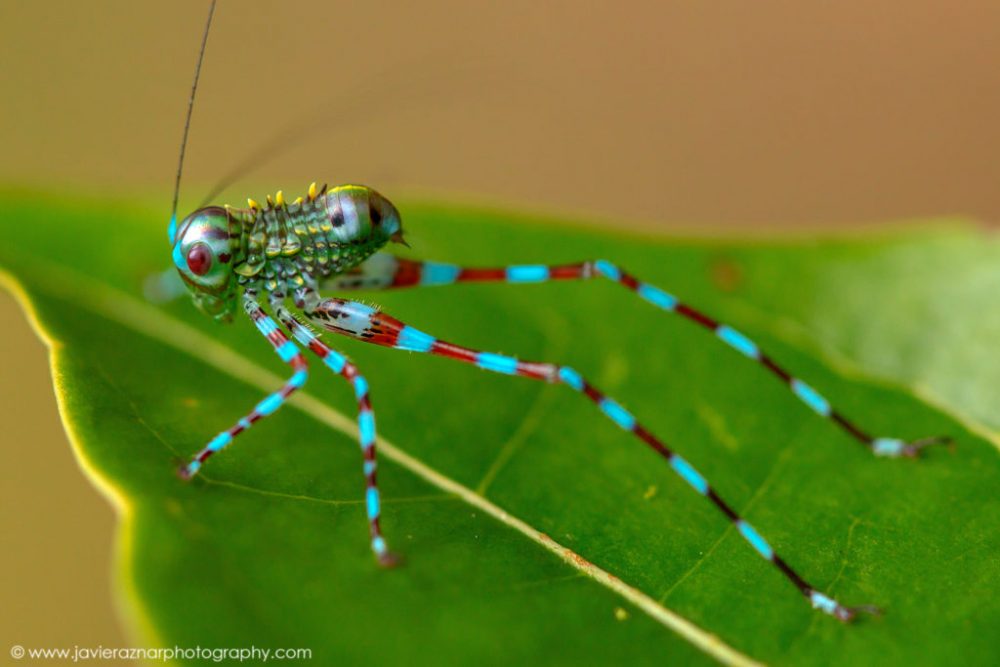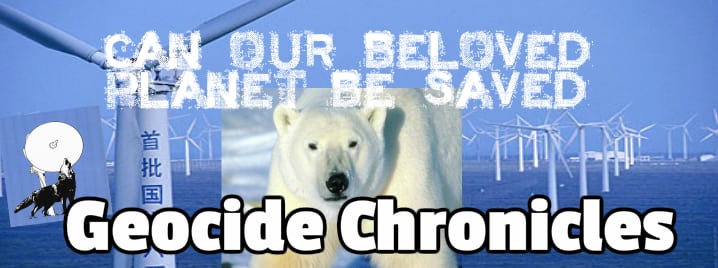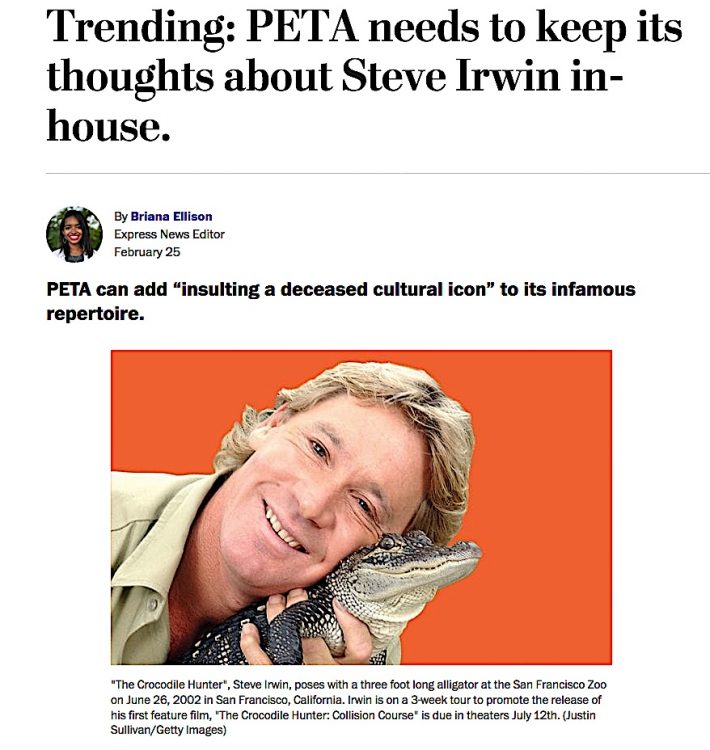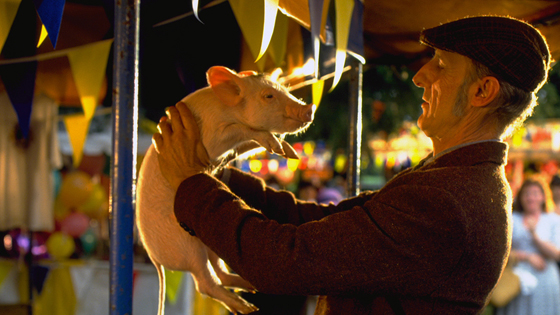Invisible denizens — everywhere
[dropcap]I[/dropcap]nsects are all over the world – in and over the waters at the edge of the seas, in and over the waters of lakes, rivers and creeks and swamps and irrigation ditches. They thrive in the forests, mountains, deserts, land, cities, villages, in the tropics and in the homes of the poor and the powerful. Their populations are the largest of all other species. They have been occupying the Earth for 400 million years.
However, insects are tiny, short-lived organisms, hiding for the most part under the surface of the land, crawling in the floor, among rocks, and on everything that has roots, trunk or leaves. So, unless they are beautiful like the Monarch butterflies and obviously very useful like honeybees, insects are invisible.
We call scientists who study insects entomologists from the Greek word for insect, entomon, something that is divided in parts. Aristotle gave this name to insects, saying these parts or notches are on the bellies or the backs and bellies of insects. He studied honeybees and mayflies and some other five-hundred animals in his pioneering zoological research. He founded science and biology as we know them.He urged us to study and love animals because we live in their midst. They make up the natural world, which is absolutely essential for human survival and happiness.
Entomologists are confirming the science and wisdom of Aristotle. They have been saying insects hold ecosystems together. By ecosystems they mean large parts of the natural world: mountains, lakes, rivers, creeks, swamps, seas, deserts, and land. Insects work hard to survive and, in that process, they keep the natural world healthy.
For example, honeybees, wild bees, bumblebees, butterflies, moths and hoverflies pollinate wild flowers and crops. Dragonflies and damsel flies feast on water bugs, mosquitoes, and insects causing damage to crops. Dung beetles keep grasslands fertile. Other beetles decompose wood, thus recycling its nutrients.
Ground beetles eat weed seeds. And along with tiger beetles — like butterflies – they mirror biodiversity. In other words, if they are thriving, the entire ecosystem is healthy. But if their numbers are declining, watch out. A bigger problem is threatening nature.
The staggering decline of insects
A recent study reviewed 73 reports that focused on that bigger problem: the dramatic and staggering worldwide decline of insects, especially in the twenty-first century.
This timely and extremely important review appeared in the January 2019 issue of Biological Conservation. The scientists who reviewed the data on the global decline and extinction of insects work at the University of Sydney, Australia, and the China Academy of Agricultural Sciences in Beijing, China.
This study speaks of the “alarming… demise” of insects: something like 41 percent being in decline and about a third going extinct.
This decline affects all insects everywhere. It is the largest extinction on Earth since the Permian and Cretaceous periods, 299 million years ago and 145 million years ago respectively. This catastrophic decline and extinction of insects are bad omens for civilization.
Fewer bugs and a continuing extinction of bugs disrupt pollination, the raising of food, the recycling of nutrients, and the fertility of grasslands. Furthermore, they are damaging and crippling natural pest control, whereby insects eat other insects, usually those insect pests that cause damage to crops grown for human food.
Another deadly consequence of the man-made destruction of insects is the starvation and extinction of several animals feeding on insects: shrews, moles, hedgehogs, anteaters, lizards, amphibians, several birds, bats and some fish. Not a few humans are also affected. In 2013, the Food and Agriculture Organization of the United Nations reported that about 2 billion people include insects in their traditional diet.
The deadly ecological effects of wiping out insects became obvious in the UK when grey partridges starved to death. They could not find insects to feed their chicks.
The 2019 review rightly identifies “intensive farming” and its deleterious pesticides as one of the main “drivers” of insect decline and extinction.
But what is intensive farming? It’s the violent metamorphosis of peasant farming to a factory armed with chemicals and giant mechanical implements. It entails the growing of genetically engineered crops requiring, usually, the heavy and repeated application of synthetic fertilizers and weed killers, the removal of hedgerows and trees and, otherwise, the landscaping of large flat fields to accommodate irrigation, drainage, and large machines.
However, this kind of farming produces a great deal of the same food in great expanses of land, which attracts hordes of insects. Thus intensive farming is a heaven, though laced with poisons, for billions of flying and crawling insects and a hell for beneficial insects: pollinators, insect natural enemies, and nutrient recyclers.
For example, wild bees and bumblebees need flowers and places to nest and hibernate. No such necessities and comforts exist in modern industrialized farms. Is there any wonder the mechanized chemical plantation is the enemy of insects? It is devoid of flowers and safety. It is killing pollinators and leading them to extinction.
Some synthetic pesticides are nerve poisons. They are primarily responsible for driving honeybees to dramatic declines and, eventually, extinction.
Pesticides are destroying insects
The 2019 report concludes its review with this unsettling message:
The state of insect biodiversity in the world is “dreadful.” Almost half of the insects are “rapidly declining” and “a third are threatened with extinction.” Such a prospect, now in the arms of global warming, will have catastrophic effects on the ecosystems of the planet: in time, there probably will not be any more pollinators; land is increasingly becoming toxic and toxified; no more recycling of nutrients; extinction of birds and animals feeding on insects, and the eventual impossibility of farming.
The more farm chemicals, the more crop infestations by insect pests, including weeds, tolerant of pesticides. The root cause of this gigantic problem, the report admits, is the “intensification of agriculture.”
Ecological engineering
The authors then resort to recommending some measures that, if taken, could perhaps slow down the decline and extinction of insects. These include: strips of flowers and grassland at the edges of the farms. The hope here is to attract pollinators.
Second, crop rotation with clover to resurrect bumblebees. Sowing clover also fights erosion, fixes nitrogen, improves soil quality and attracts beneficial insects.
These ecological engineering modifications might also revitalize biological control: good insects eating bad insect pests. But these limited measures would go nowhere with constant sprays. So, the report urges that “current pesticide usage patterns, mainly insecticides and fungicides, are reduced to a minimum.”
The report recognizes that reducing pesticides, even cutting down drastically the amounts of sprayed insecticides, will have very little if any effects on crop yields.
The report also recommends the regulation of pollution for the rehabilitation of marshlands. Cleaner water would do wonders for aquatic insects.
No more pesticides
[dropcap]T[/dropcap]hese suggestions are a first step in the management of the decline and extinction of insects and, therefore, the potential recovery of beneficial insects that have been serving the natural world and civilization.
A beekeeper from Colorado named Tom Theobald spent 44 years fighting the excessive use of pesticides harming his honeybees. However, he lost all his hives. He blames the neonicotinoid insecticides (made in Germany) for the death of his bees. He is very disillusioned and angry.
In a mid-February 2019 message, he lashed at the industry and the government. He went further, accusing government employees of potential malfeasance. And he suggested that the 1970 federal Racketeer Influenced and Corrupt Organizations Act might just be the legal means by which to judge corruption associated with the manufacture, use, and regulation of pesticides.
Unless we face what these pesticides do to the natural world and human health, in other words, address the problem at its most fundamental, he said, nothing will happen. The profit motive is so strong that the chemical industry will keep churning these poisons forever. The next generation will confront similar pain, disease and loss.
I sympathize with Theobald. He fought the good fight all his life and for that virtue he was crushed. However, he has it all wrong about government workers. Federal employees have nothing to do with any “chemical mafia” or why neurotoxic neonicotinoids are devastating honeybees. The only bureaucrats at EPA who decide the fate of pesticides are presidential appointees.
Pesticides, however, are inherent toxic and problematic. Those who own them, those who test them, and those who sell them, are most likely wrapped in unethical actions. It’s the nature of the beast. You can’t convert a neurotoxin to anything other than a neurotoxin. It does not matter what tests you perform or what grades you get from the regulators.
Yet, the US Environmental Protection Agency has been “regulating” these chemicals since 1970. Scientists and administrators know what is going on.
Even the law that gives pesticides legal standing, the Federal Insecticide, Fungicide and Rodenticide Act, was drafted by polluters. It has loopholes that cover up and legitimize actions and policies that turn out to be hazardous, nay dangerous. After all, pesticides are chemicals designed to kill and, no less significant, chemicals spawned by chemical warfare.
Politics of change
[dropcap]B[/dropcap]anning pesticides would be a first step in reversing the insect collapse. Much more is necessary to settle the war between civilization and the insects. The deadly conflict must end. Man must learn if not to love insects, but to respect them. They have been on Earth about 390 million years longer than man. They know things he does not.
This philosophy is incompatible with the prevailing chemical and political orthodoxy that the best insect is a dead insect. Intensive farming wants all insects dead. Thousands of urban “pest-control” businesses are killing insects every day. Add the rest of the world, and you have millions of such businesses killing insects. This is foolish and dangerous.
In 2019, the Trump administration is fueling the politics and economics of the rapacious one tenth of one percent oligarchy. This is a tiny class of billionaires that have been making this country the mother of extreme inequality.
Much of this ignorance has been entering the EPA, converting it to be even more than in the past the best friend of polluters. The Trump EPA administrators embraced deregulation, which means they are telling polluters they are free to dump their toxic stuff everywhere. They also deny climate change. They even encourage bizarre schemes like small amounts of toxic chemicals are good for you.
If the Democrats win the White House and the Senate in 2020, they could order EPA to ban pesticides and the genetic engineering of crops. EPA then could support its environmental and public health mission: helping farmers to return to non-chemical, small-scale, sustainable family farming. The US Department of Agriculture could use its enormous agribusiness subsidies to help in the necessary transition from giant agriculture to family farming. Such reform would increase the number of farmers to millions; it would also revitalize rural America with democratic small farms and a variety of crops that would also allow the insects to return and embark, once again, to the restoration of ecosystems.
Agroecology
Agroecology would be essential in this transition. It’s the technical part of policy.
Miguel Altieri, professor of agroecology at the University of California-Berkeley, speaks of the “uncanny ability of pests to overcome [the] single-tactic control strategies” of large industrialized farms. He says agroecology is the science of sustainable agriculture.
This science explains and guides how to protect and conserve biological diversity and integrate it with food production. This means the farmer is thinking and doing ecological pest management: worrying about the whole farm, not exterminating all pests, but managing them at reasonable levels: using “many little hammers or strategies, rather than one big hammer.”
After all, beneficial insects are protecting the farm: they attack crop insects and mites; good parasites “commandeer” bad insects for food and habitat; beneficial fungi and bacteria making their homes in root surfaces, which they protect from disease.
So, we have the knowledge and the tools to return to sustainable farming that will take advantage of the “built-in defenses” in the natural world. Insects are part of this equilibrium and strategy.
Now it’s a matter of political choice to work with nature, in which case, we can probably end the decline and extinction of insects and face, with equal determination, our next nemesis of rising global temperatures.
 Born in Minneapolis, Minnesota, United States, Engdahl is the son of F. William Engdahl, Sr., and Ruth Aalund (b. Rishoff). Engdahl grew up in Texas and after earning a degree in engineering and jurisprudence from Princeton University in 1966 (BA) and graduate study in comparative economics at the University of Stockholm from 1969 to 1970, he worked as an economist and freelance journalist in New York and in Europe. Engdahl began writing about oil politics with the first oil shock in the early 1970s. His first book was called A Century of War: Anglo-American Oil Politics and the New World Order and discusses the alleged roles of Zbigniew Brzezinski and George Ball and of the USA in the 1979 overthrow of the Shah of Iran, which was meant to manipulate oil prices and to stop Soviet expansion. Engdahl claims that Brzezinski and Ball used the Islamic Balkanization model proposed by Bernard Lewis. In 2007, he completed Seeds of Destruction: The Hidden Agenda of Genetic Manipulation. Engdahl is also a contributor to the website of the anti-globalization Centre for Research on Globalization, the Russian website New Eastern Outlook,[2] and the Voltaire Network,[3] and a freelancer for varied newsmagazines such as the Asia Times. William Engdahl has been married since 1987 and has been living for more than two decades near Frankfurt am Main, Germany.
Born in Minneapolis, Minnesota, United States, Engdahl is the son of F. William Engdahl, Sr., and Ruth Aalund (b. Rishoff). Engdahl grew up in Texas and after earning a degree in engineering and jurisprudence from Princeton University in 1966 (BA) and graduate study in comparative economics at the University of Stockholm from 1969 to 1970, he worked as an economist and freelance journalist in New York and in Europe. Engdahl began writing about oil politics with the first oil shock in the early 1970s. His first book was called A Century of War: Anglo-American Oil Politics and the New World Order and discusses the alleged roles of Zbigniew Brzezinski and George Ball and of the USA in the 1979 overthrow of the Shah of Iran, which was meant to manipulate oil prices and to stop Soviet expansion. Engdahl claims that Brzezinski and Ball used the Islamic Balkanization model proposed by Bernard Lewis. In 2007, he completed Seeds of Destruction: The Hidden Agenda of Genetic Manipulation. Engdahl is also a contributor to the website of the anti-globalization Centre for Research on Globalization, the Russian website New Eastern Outlook,[2] and the Voltaire Network,[3] and a freelancer for varied newsmagazines such as the Asia Times. William Engdahl has been married since 1987 and has been living for more than two decades near Frankfurt am Main, Germany. 
















